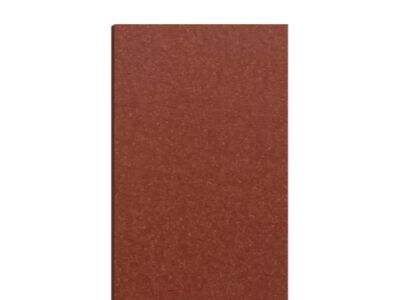One of the many things that make up most parts of the Middle East is a very hot and arid climate. This weather obviously has lot of effect on the kind and application where soft stones are being used in building alike flexible travertine. These materials can get damaged in buildings when tough weather conditions arise. For this we need to know how the climate conditions these stones and in depth analysis, we will me doing further down on article. They get into some ways that we can make these materials less fragile, and how you could change it in a similar color. Eco-Arch is here to help.

Effect of climate on Soft Stone Buildings
Limestone, sandstone, and Concrete Board are hard enough to be used as building materials in Egypt – limestone for stone statues precious metals into the region. One reason these stones are often employed by builders is they're easy to work and locate a suitable source. On the other hand, soft stones can become weathered easily by the harsh conditions of high levels of wind and sand or salt. The stones can also be compromised by changes in temperature and humidity over time. This might result in cracking or scaling and discoloration which will affect the aesthetic appearance of the buildings.
This is one of the reasons why it's so important for builders and designers to be conscious thought about weather when their constructing each building. Such stones can be given a special coating that acts as an armor to safeguard the stone from all ill-effects just like real armour for body! Planning for water drainage is necessary as well, because you don't want any standing in/moisture to gather around the stones. This also help protect the buildings by avoiding places where strong winds and direct sunlight shines absurdly.
Protecting a Travertine Surface in Flexible Desert (Environment)
Travertine is another significant stone like concrete boards for exterior walls for building in the Middle East. This stone is a limestone widely used in historical stones and monuments. Sturdy Hard elements, yet highly sensitive to heat and weather conditions
More specifically, because of sealer application travertine can crack and warp when subjected to drastic temperature changes. To give you some humourous examples, if it starts getting really hot during the day and then goes down fast tonight so to speak that rapid temperature change can cause a stone to break apart. This is important for builders to remember when incorporating travertine in their designs.
Although extremely durable, travertine can become damaged due to the elements so it is important that wherever this material is placed does not get unwarranted attention by blazing sun or high winds. Insulation materials can also be used to protect the stone from rapid temperature changes. That enables builders to take into account the environment in which they are using a stone.
Temperature and Humidity
Stone buildings in this environment are subject to the persistent, albeit mildew and plant growth supporting, humidity found here where summer temperature soars. The stone can gradually crack or other damage will occur over time as it expands with extreme heat and contracts just a few hours later. Contrary to the above, if humidity levels are high it can allow a penetration of water into your stones and concrete wall cladding exterior that let build up of fungus like mole or rot.
Builders should take care to control temperature and humidity inside buildings in addition to outdoor temperatures. Shading techniques, ventilation and insulation can also dumbly create a favourable indoor temperature. It can also be helpful from an engineering and architectural standpoint in constructing with prevention features such as overhangs or ways to effectively channel standing water away from the home so that it does not accumulate.
Taking Care Of Soft Stone Monuments
However, patrols and monuments may still be protected with a little long-term care in the Middle East. One of the primary ways is to check these monuments for damages on a regular basis. If there is any evidence of damage, it needs to be addressed right away so that the problem does not manifest further. Other methods Include maintenance to Involves the use of radical repairs, such as specialized lime mortars in soft stone. Newer technologies can also be implemented to keep track of not just the historical health condition and report but follow-ups for keeping a check on stones in real-time using sensors or other monitoring devices.
Climate Change and Travertine
To end, one must consider the way climate change has begun to influence how travertine is used in building within Middle Eastern climes. Though changes in temperature and humidity levels are typically gradual, architects and engineers must take these natural factors into consideration as they plan for the construction of stone structures that will endure decades or centuries. This could involve the procurement of alternative materials or procedures, such as those based around utilizing ultra-high performance concrete and other synthetic substances that are more able to cope with unrelenting environments. In addition, they may protect the environment by applying sustainable practices such as a greater use of renewable energy and reduction in CO2 emissions.
 EN
EN
 AR
AR BG
BG HR
HR DA
DA NL
NL FI
FI FR
FR DE
DE EL
EL HI
HI IT
IT JA
JA KO
KO NO
NO PL
PL PT
PT RU
RU ES
ES SV
SV TL
TL ID
ID VI
VI HU
HU TH
TH TR
TR FA
FA MS
MS BE
BE BN
BN LO
LO LA
LA MY
MY KK
KK TG
TG UZ
UZ LB
LB

